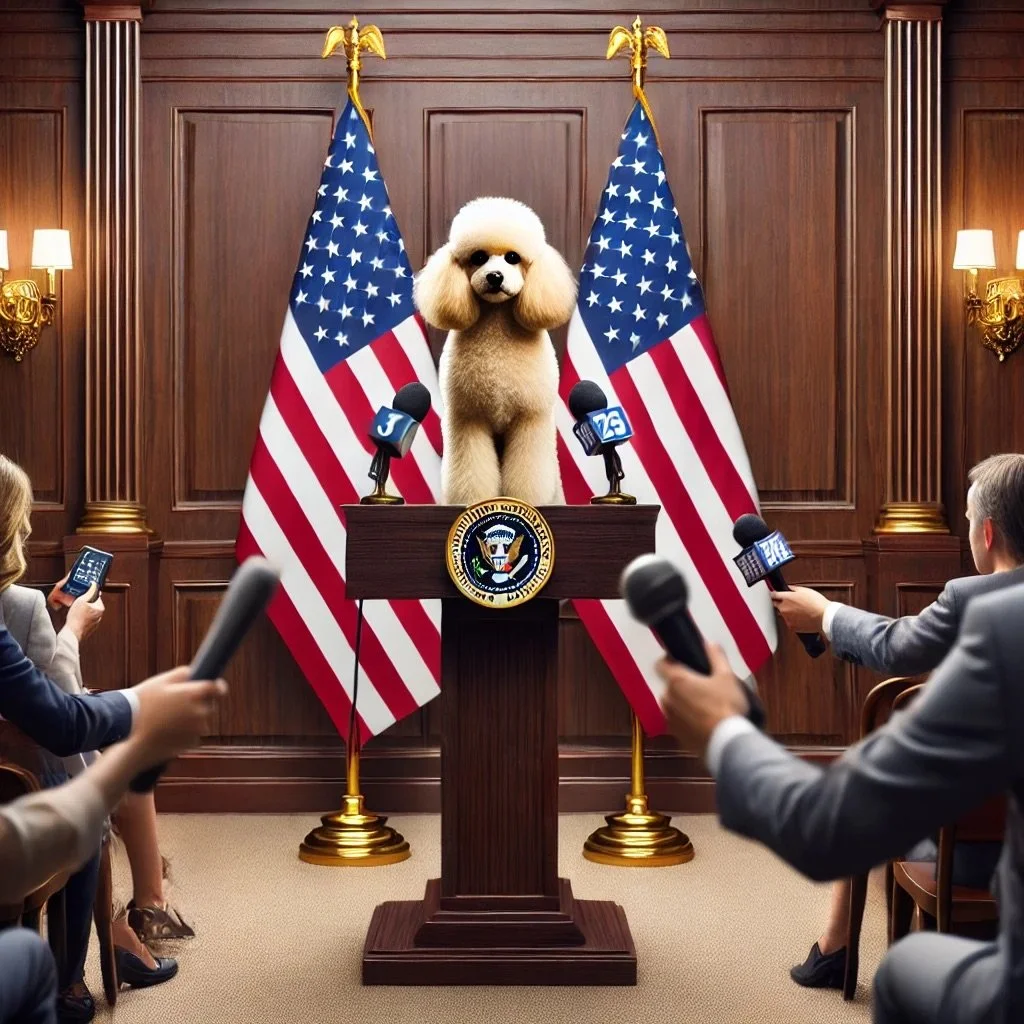The Washington National Cathedral in Washington, D.C., has been the site of state funerals or memorial services for several U.S. presidents. As of 2024, four presidents have had their funerals or memorial services held there:
Dwight D. Eisenhower (1969)
Date: March 31, 1969.
Details: A memorial service was held at the National Cathedral after Eisenhower's death on March 28, 1969. His body was later interred in Abilene, Kansas.
Eisenhower’s service marked the first state funeral held at the National Cathedral.
Ronald Reagan (2004)
Date: June 11, 2004.
Details: Reagan’s state funeral service was held at the National Cathedral, attended by numerous world leaders, including British Prime Minister Margaret Thatcher (via a prerecorded message) and former Soviet leader Mikhail Gorbachev.
Gerald R. Ford (2007)
Date: January 2, 2007.
Details: Ford’s state funeral included a service at the National Cathedral, attended by then-President George W. Bush, former Presidents Jimmy Carter, George H.W. Bush, and Bill Clinton, as well as other dignitaries.
George H.W. Bush (2018)
Date: December 5, 2018.
Details: The state funeral for George H.W. Bush featured tributes from world leaders and U.S. presidents, including his son, President George W. Bush.
Other Notable Memorial Services:
Woodrow Wilson (1924): Though Wilson's state funeral occurred elsewhere, he is the only president buried at the National Cathedral.
Lyndon B. Johnson (1973): A memorial service was held at the National Cathedral following his state funeral in Texas.





